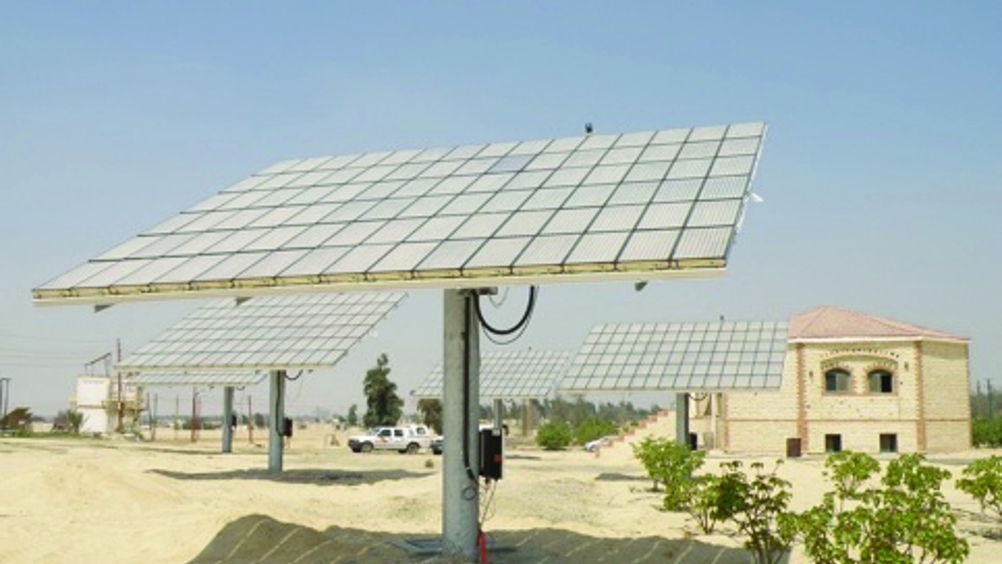Hollow cylindrical design could improve solar cells' efficiency
Researchers have tested a novel design of luminescent solar concentrators that could improve the efficiency of photovoltaics (PV).

‘We tweaked the traditional flat design for luminescent solar concentrators and made them into cylinders,’ said Prof Sayantani Ghosh of California University, Merced. ‘The results of this architectural redesign surprised us, as it significantly improved their efficiency.’
According to the university, luminescent solar concentrators are designed to absorb solar radiation over a range of colours and to re-emit it over a narrower range (for example, only red) — a process known as down-converting. This light is transported to solar cells for photocurrent generation. The quantum dots embedded in the concentrator are the materials that carry out this colour conversion.
The biggest advantage they offer over traditional solar cells is that they can work even in diffuse sunlight, such as on cloudy days. And, because of this, they do not need to directly face the sun at all times, eliminating the need for tracking mechanisms.
The main problem preventing luminescent concentrators from being used commercially is that they have high rates of self-absorption, meaning that they absorb a significant amount of the light they produce instead of transporting it to the PV cells.
Register now to continue reading
Thanks for visiting The Engineer. You’ve now reached your monthly limit of news stories. Register for free to unlock unlimited access to all of our news coverage, as well as premium content including opinion, in-depth features and special reports.
Benefits of registering
-
In-depth insights and coverage of key emerging trends
-
Unrestricted access to special reports throughout the year
-
Daily technology news delivered straight to your inbox










Water Sector Talent Exodus Could Cripple The Sector
Well let´s do a little experiment. My last (10.4.25) half-yearly water/waste water bill from Severn Trent was £98.29. How much does not-for-profit Dŵr...